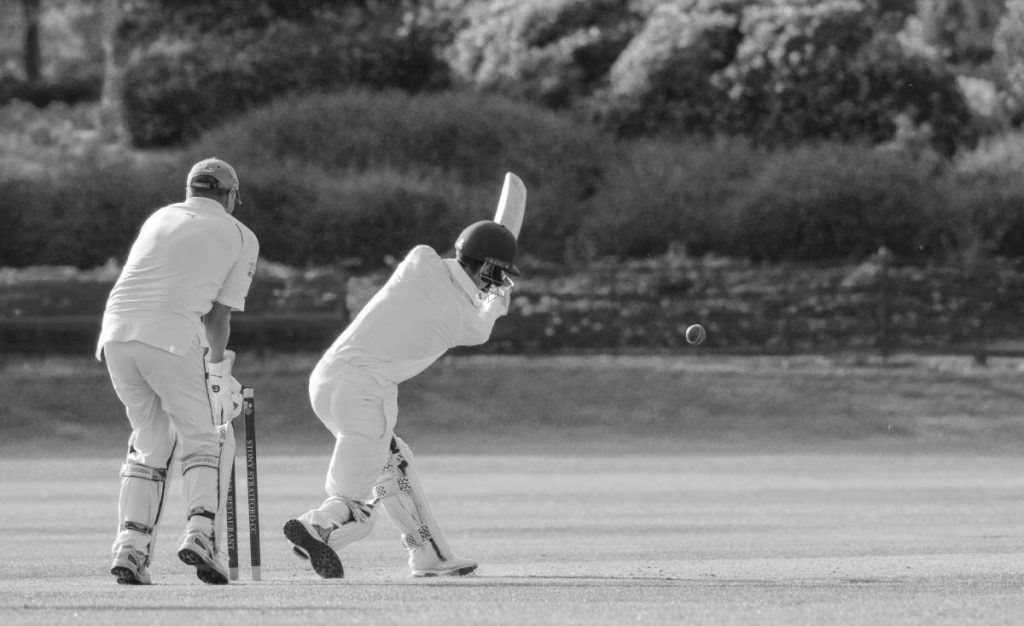Cricket has brought generations of fans together. Some follow it because of national pride, others love the tactics and the rhythm of the game. Whether you’re watching a five-day Test match or a short T20 clash under floodlights, cricket offers a unique experience. This page breaks down the basics: where cricket began, how it’s played, what kinds of matches exist, and what common terms mean.
History of Cricket

Cricket began as a village game in England in the late 1500s. Over the next two centuries, it grew into a structured sport with formal rules and regular matches. By the 18th century, people across the British Empire played cricket, especially in places like India, Australia, and the Caribbean.
In 1844, the United States and Canada played the first recorded international match. However, the first official Test match took place in 1877 between England and Australia. That match laid the foundation for international cricket. Over time, the sport spread worldwide, helped by colonial influence and growing media coverage. Today, the International Cricket Council (ICC) oversees the game on a global scale, setting rules and organizing major tournaments.
Rules of the Game
Cricket is played by two teams of 11 players. One team bats while the other bowls and fields. The goal for the batting side is to score runs. Meanwhile, the bowling side tries to dismiss batters and prevent scoring.
Players score runs by hitting the ball and running between two sets of wooden stumps called wickets. They can also score by hitting the ball to the boundary. A batter can be dismissed in several ways: being bowled, caught, or run out, for example.
Each match includes a set number of innings, depending on the format. Umpires oversee the game and ensure that rules are followed. A typical cricket field has a 22-yard pitch at its center, where most of the action takes place.
To fully enjoy the game, it helps to know the basic cricket match rules. With time, viewers learn to spot key moments and turning points during a match.
Formats Explained (Test, ODI, T20)
Cricket offers three main formats, each with its own pace and style:
- Test Matches: Played over five days with two innings per team, this is the longest and oldest format. It rewards patience, technique, and long-term strategy.
- One Day Internationals (ODIs): Each team gets 50 overs to bat. Matches usually last 7–8 hours, offering a mix of endurance and scoring pressure. ODIs became popular in the 1970s.
- T20 (Twenty20): This format limits each team to just 20 overs. Matches last about 3 hours, making them fast and often unpredictable. Many domestic leagues and international events now use the T20 format.
Fans choose their favorite based on what they enjoy: long, tactical battles or fast-moving action with lots of boundaries.
Cricket Terminology Glossary

Understanding cricket terms helps make sense of match commentary and statistics. Here’s a quick glossary:
- Wicket: Either the three stumps on the pitch or a way a batter gets out.
- Over: A set of six deliveries by a bowler.
- Run: The unit of scoring in cricket.
- LBW (Leg Before Wicket): When the ball hits the batter’s leg in front of the stumps.
- Duck: A batter gets out without scoring a run.
- No-Ball: An illegal delivery, usually because the bowler crossed the line.
- Boundary: A shot that reaches the edge of the field, scoring four or six runs.
- Spin and Seam: Types of bowling styles. Spin focuses on ball rotation; seam relies on movement off the pitch.
Learning the terms takes time, but even a basic understanding adds depth to the viewing experience.
